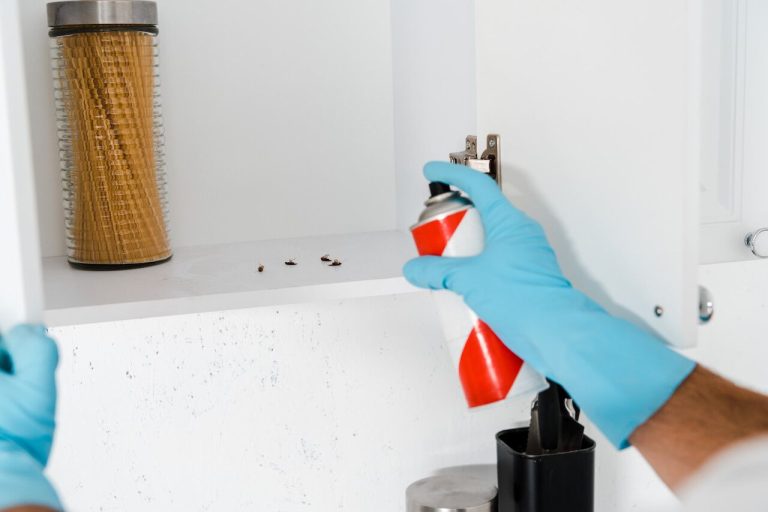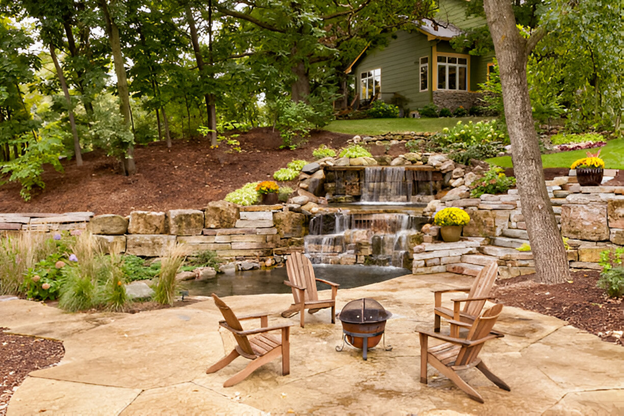
Much like porcelain ceramic tiles, ceramic floor tiles are around ages, with the very first primitive items emerging from Egypt around 25,000 years ago! From those early days on the African continent, the concept of the floor tile created as we got in Medieval times when floor tile manufacturing was connected with abbeys where monks would utilize local clay to fashion hand-made roof covering ceramic tiles by flattening the clay, cutting into form, as well as shooting on website. These floor tiles would additionally have a pattern indented on them using a carved wooden mold which would then be filled out with white pipe clay prior to being entrusted to completely dry as well as cut flat. The last component of the procedure entailed a lead ore glaze being used before the tiles were discharged to create a long-lasting, hard ceramic piece.
If you want to gather information about BELK Tile, please visit the link.
It was throughout the Industrial Revolution, nevertheless that mass tile manufacturing became placed at the front as the new manufacturing machinery and strategies permitted ceramic floor tiles to be produced on a huge scale. The Victorians type of went a bit crazy for them and used them in grand public structures, as well as opulent royal residences. Wealthy families, as well as the, landed gentry, looking to imitate the royals as well as soon sufficient this was additionally co-opted by proprietors of industrial properties, many thanks primarily to the drop-in rate arising from the large, economical workforce that allowed these items to be standardized.
This mass production proceeded throughout the mid-19th century led by suppliers such as Herbert Minton, Josiah Wedgwood, and Boy, with the former restoring the encaustic manufacturing techniques that died out with the dissolution of the monasteries in 1538. Buoyed by the uptake of this sort of ornamental ceramic tiles, as well as the linked earnings, more and more suppliers signed up with the fray as well as the ceramic tile market grew from thereon in. The Arts and Crafts activity later on in the Victorian era saw trendy designers such as William Morris as well as William de Morgan refining the processes and being commercially effective with it, whilst the Art Deco movement from the late 1920s onwards saw the appeal of floor tiles, as well as floor coverings, reach impressive proportions. This fad reveals no indication of abating either, almost 100 years later!






